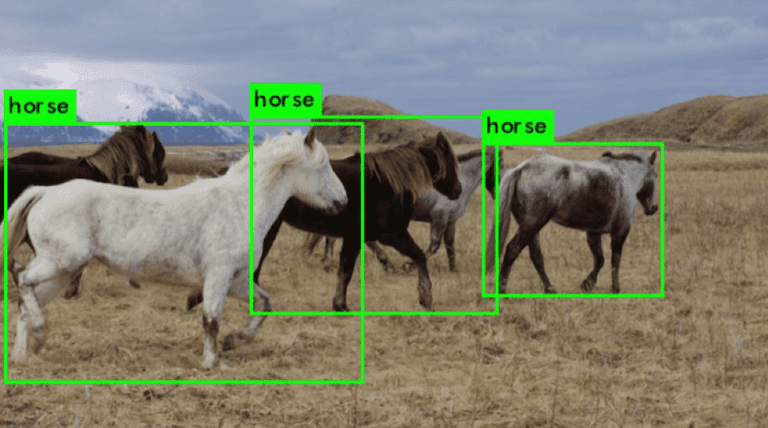6 min read
August 25, 2022


Bryan Mosher
2 Articles
Machine Learning
Deep learning
Reinforcement learning
Predictive Analytics
The machine learning field is in a state of rapid innovation with no show of slowing down. It’s remarkable to look back just five years ago and compare it to present day technology—and if you’ve ever had to design your own scoring engine and DevOps for your predictive models, you know exactly what I mean. Five years ago, I remember thinking that the technology just didn’t exist to solve certain problems; today, that has drastically changed with the advancements in the machine learning field. Here are three trends that have us excited for the future:
Deep Learning
Most people are surprised to learn that Deep Learning and Neural Networks have been around for decades because it seems like such a “new” hot topic. However, back in 2009, Deep Neural Nets (DNNs) were trained with Nvidia graphics cards and ultimately created this “Cambrian Explosion” for the field. By leveraging Graphic Processing Units (GPUs), which are well-suited for the matrix math involved in machine learning, researchers were able to improve training times for DNNs by a factor of 100. This spurred rapid improvement in 2014, when Convolutional Neural Networks trained to detect objects achieved performance levels that rivaled that of a human.
Today, we see Deep Learning permeating many areas of the enterprise, from sales to accounting: It’s improving automatic speech recognition and image recognition for inventory management. It’s opening new doors in drug discovery and toxicology. It’s streamlining customer relationship management and making recommendation systems more accurate—and all of this just scratches the surface. However, it’s the way you can be expressive and feed the raw data into the network—and the performance—that separates deep learning from traditional machine learning.
You Only Look Once (YOLO)
You Only Look Once is a fascinating real-time object detection algorithm developed by Joseph Redmond. It applies a neural network to an image, which then divides the image into regions and predicts the bounding boxes and probabilities for each region. These bounding boxes are then weighted by the predicted probabilities.
YOLO gives you a real-time method to perform object detection against video. What does this mean for the future? Imagine being a firefighter and walking into a burning home with two people, a dog and a cat trapped inside: with YOLO, you can quickly recognize and communicate their exact location inside using a GoPro. In another example, imagine you’re performing a livestock audit for a large ranch: using an aerial drone and YOLO technology, you can easily account for livestock and cover more ground, much faster.

Reinforcement Learning
Reinforcement learning (RL) is an area of machine learning where software agents act in an environment to optimize a reward. RL is different from other machine learning algorithms in that the reward is built into the environment. The reward is something that you can calculate, like the outcome of a game: you either win it, lose it or draw it. Chances are, you’ve read about it a couple of times by now.
RL is already making its way into the enterprise, as seen with Microsoft’s Custom Decision Service. For example, with this service, a marketing team can drive better leads to their sales team by personalizing the content served by their company’s website. And it’s not just limited to content personalization—we can expect to see more of RL in portfolio management and areas where game theory applies, like poker or in negotiations.
A bright future lies ahead for predictive analytics, and for businesses, this means data will inform decision-making better than ever before. Want to learn how predictive analytics applies to your business? Ask us about Predictive Analytics Discovery and how it can help you unlock the true value of your data.
Share this content: